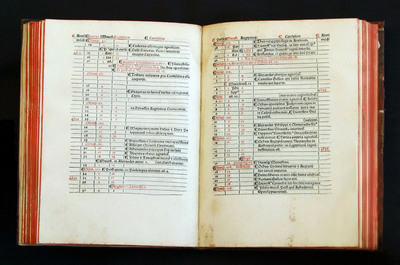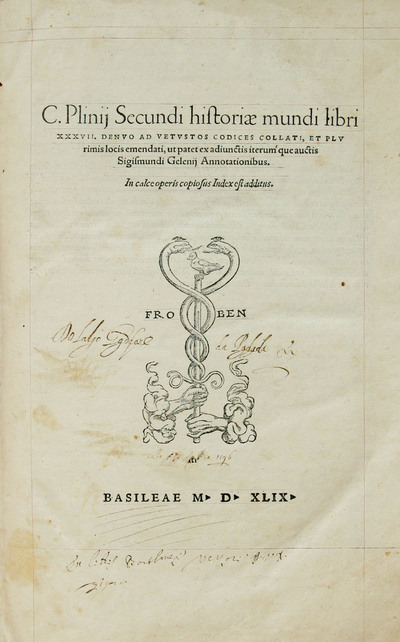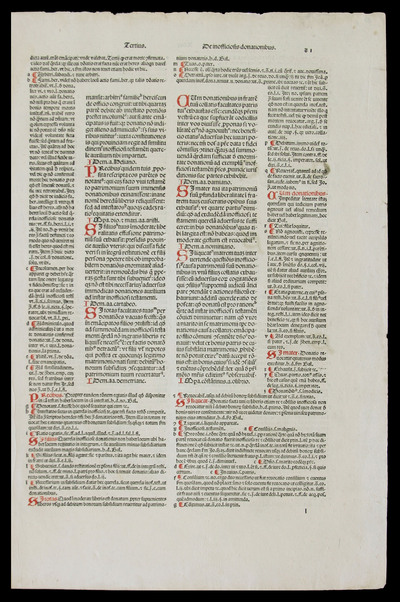The 1400s and 1500s played host to the Scientific Renaissance, the precursor to the Scientific Revolution of the 1700s. European intellectualism had been stirred in the 1200s with the advent of the Renaissance, and had spread with the rise of humanist philosophy. In the 14th century, scholars began collaborating and a community arose around these early interactions, although the spread of humanism and intellectualism were necessarily limited by the difficulty of communicating complex ideas to large audiences through text. The advent of Gutenberg’s press proved to be a major turning point. The ability to reproduce texts and distribute them widely meant not only that a text could reach a larger audience, but that it was much more likely to survive. A handful of manuscripts were susceptible to loss or confiscation; hundreds or thousands of printed copies were much more likely to survive.
The intellectualism movement in Europe began with a return to ancient Greek and Roman works. Rather than conducting original research, many scholars dedicated themselves to the translation of texts from antiquity. Classical physics, mathematics, and science had largely been lost during the Dark Ages and scholars found it necessary to reclaim this learning through intensive study of early works.1 Philosophy, astronomy, pharmacology, and anatomy underwent a significant revival among scholars. Complex mathematics and tools were developed to aid mariners, surgical techniques were discovered, and doctors began to correlate disease and infection with environmental and behavioral variables.
With this growth in human knowledge came a movement to collect and catalogue. The gathering and categorization of knowledge became an obsession for this new breed of intellectual. At the intersection of order and beauty sat Denis Diderot's Encylopédie, ou Dictionnaire raisonné des sciences, des arts et des métiers. More commonly known as Diderot's Encylopédie, this twenty-eight volume compendium included more than 70,000 entries and hundreds of intricate etchings carefully detailing every aspect of modern learning including agriculture, husbandry, industry, and theology. Diderot’s masterpiece represented the new guard. It was precise, well-organized, and based squarely in the matters that affected daily life. Most importantly, it did little to differentiate between academia and practical knowledge, effectively marrying theory with practice.
This practice of accumulating of knowledge by way of observation, experimentation, and analytical thought continued through the Scientific and Industrial Revolutions and formed the basis of what is, today, the Information Age.1
Notes
- Boas, Marie. The Scientific Renaissance 1450-1630 (New York, NY: Harper & Brothers, 1962), 18-19. Return to text ↑
- Yeo, Richard. “Encyclopaedic Knowledge,” in Marina Frasca-Spada and Nick Jardine, eds., Books and the Sciences in History (Cambridge, England: Cambridge University Press, 2000) 207-224. Return to text ↑



